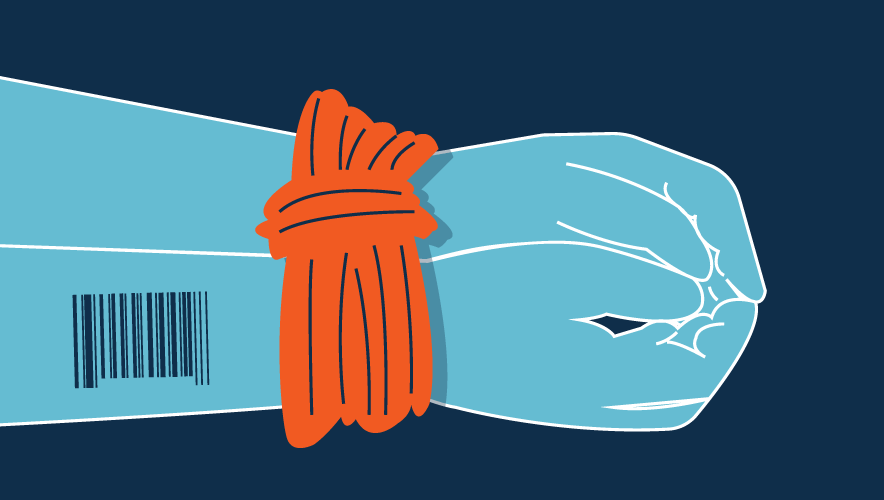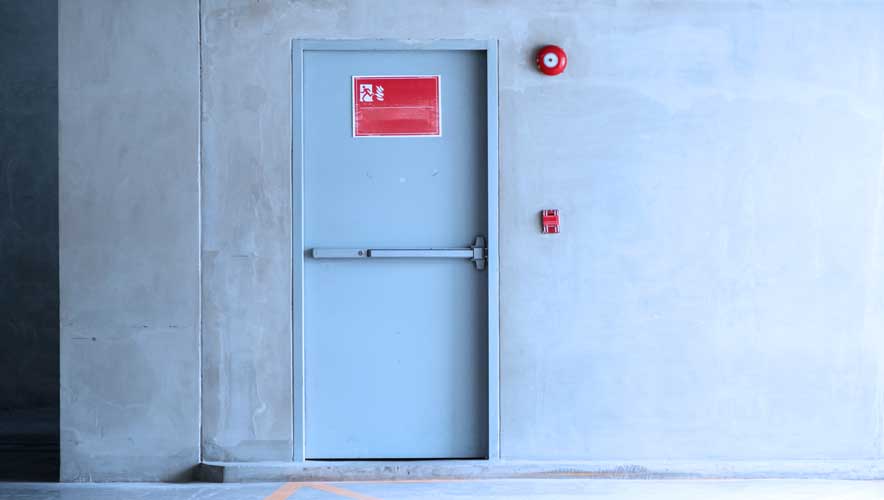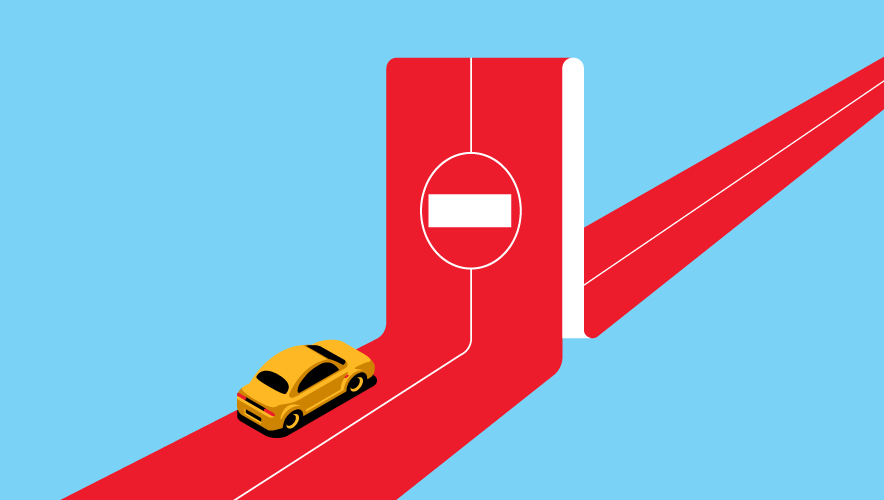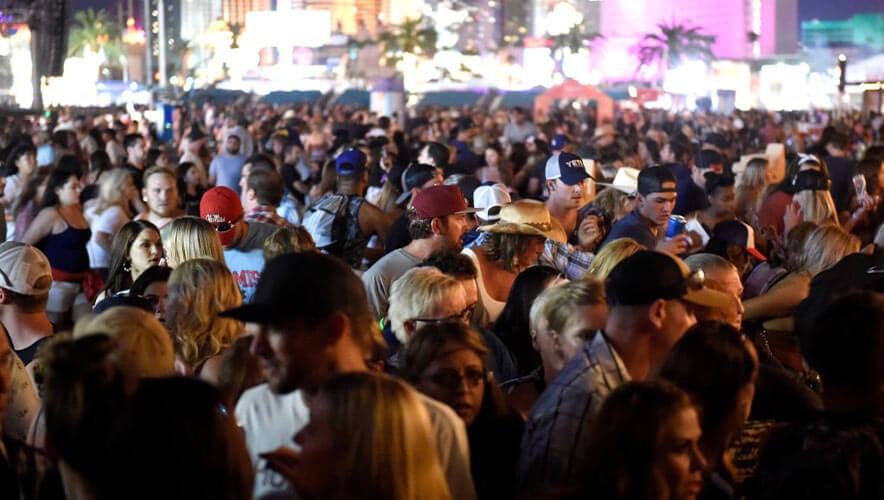Modern-Day Slavery: Fact Versus Fiction
Human trafficking is another form of slavery and oppression. Whether we know it or not, it likely exists in or near our communities. It is not limited to developing nations, the sex industry, or poor communities, nor is it solely the realm of a single gender, race, age, or socio-economic class.
As you sort through the myths of modern-day slavery, consider how it may intersect with your life. It may have contributed to the clothes you wear, the food you eat, or the buildings you walk by on the street. And while it involves the exploitation of a person, its perpetrators have found ways to profit from that exploitation online, further insinuating itself across the world.
Misinformation
There are several untruths about human trafficking. Here are a few, according to the U.S. Department of Homeland Security.
Fiction: Human trafficking only happens in countries outside of the United States.
Fact: Human trafficking—also known as modern-day slavery—is present in every country. Even in the United States, it is found nationwide in cities, suburbs, and rural communities.
Fiction: Victims of human trafficking are always poor and people who were born in a foreign country.
Fact: Victims of human trafficking can come from any age range, gender, nationality, race, or socioeconomic class.
Fiction: Human trafficking is only sex trafficking.
Fact: While sex trafficking is a form of human trafficking, so is forced labor. Victims of forced labor can be found in both legitimate and illegal industries, including agriculture, domestic service, hotels, massage parlors, restaurants, and sweatshops.
Fiction: Human trafficking is the same as human smuggling.
Fact: These are not the same. Human smuggling is where a person consents to being moved across a country border in violation of a country’s immigration laws. Human trafficking—which does not require a person to move across a country’s borders—is based on the exploitation of another human being. However, smuggling can become human trafficking when a smuggler forces, coerces, or defrauds a person, against his or her will, with the intent of using them for labor or sexual exploitation.
Fiction: Victims of human trafficking will ask others for help when they are in a public setting.
Fact: Victims are often afraid to seek help or admit that they are being trafficked. Traffickers may have forced or intimidated their victims—either with threats or violence. Victims might also be afraid that their traffickers will retaliate against the victim or his/her family. Victims might also lack control of personal identifying documents, such as a passport.
Scope
While human trafficking occurs throughout the world, types of trafficking will differ depending on individuals and local circumstances.
There were an estimated 49.6 million victims of modern slavery in 2021, including those subject to labor exploitation and sex trafficking in both the private and public sectors, according to the latest data published by the International Labour Organization (ILO) in 2022.
Of the total estimated trafficking victims, the ILO determined there were an estimated 27.6 million victims of labor trafficking—17.3 million are exploited in the private sector; 6.3 million are in forced commercial sexual exploitation; and 3.9 million are in forced labor imposed by the state. Of these victims, 10.8 million were women and 3.3 million were children.
Women and girls who are victims of forced commercial exploitation are estimated to reach 4.9 million. Approximately 99 percent of sex trafficking victims were women and girls, according to the ILO.
Looking at the United States, we find more targeted data. In 2020, there were a total of 10,583 reports of human trafficking incidents, according to the U.S. Human Trafficking Hotline, which collects and analyzes data from U.S. phone calls, texts, online chats, emails, and online tips.
The reported incidents included 7,648 incidents of sex trafficking; 1,052 incidents of labor trafficking; 334 incidents of sex and labor trafficking; and 1,549 incidents where the type of human trafficking was not specified.
Among the 7,648 reports involving sex trafficking, there were some common industries where incidents were involved. In 2020, these included pornography (939 reports), illicit massage or spa businesses (616 reports), hotel- or motel-based businesses (520 reports), residence-based commercial sex (465 reports), and online ads where a specific venue was not identified (447 reports).
Among the 1,052 incidents of labor trafficking, the reports stemmed from various industries. In 2020, these included domestic labor (202 reports), agriculture (83 reports), construction (65 reports), illicit activities (62 reports), and traveling sales crews (60 reports).










